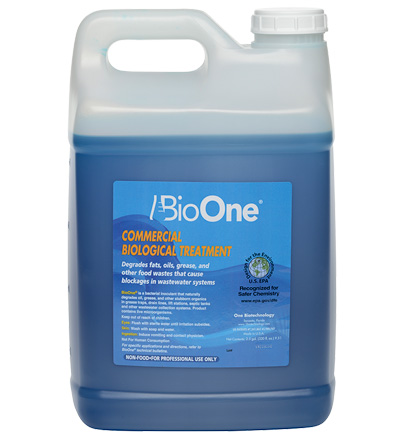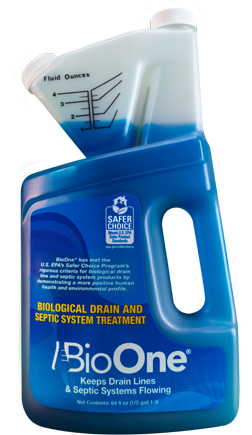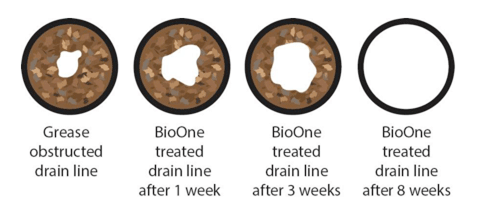
In this article, we are going to go over how to unclog your leach field, but first, let’s go over what that is? Most homeowners know what a septic tank is, however that is not the only part of the septic tank system. As wastewater flows out of the septic tank and through the underground pipes, it gets soaked up into the leach field. The leach field’s job is to break down organic materials and purify the wastewater. To learn more about how to maintain your leach field, keep reading!
Signs of a Clogged Leach Field
It’s never convenient to have a clogged leach field, but early intervention is the key to avoiding major repairs. For this reason, it’s important to know and look for early warning signs, which can occur both inside and outside the home. One of the first things you may notice inside your home is slow or sluggish drains and toilets. Water will only drain if there is room in the tank, but slow drainage may indicate that the tank is emptying slower, often due to a clog in the leach line. If left for too long, however, the water in the tank could begin to back up into your pipes and make its way back into your sinks, showers, and toilets.
When a leach field is clogged, you are likely to see some changes to your yard as well. When the grass above your leach field grows greener and taller, this could be a sign that nutrients in the wastewater are making their way to the surface rather than filtering slowly through the field. You may also notice puddling, or even collapsed soil if the pressure around the leach field’s clog rises significantly. Whether inside your home or outside, however, an odor or smell of rotten eggs is often the first thing homeowners notice when a clog occurs.
Unclogging Your Leach Field
Take Action Immediately
When you notice puddling above your leach field or sluggish drainage inside your home, it’s best to take action right away. It can be a hassle to take time from your day to deal with septic issues, but when wastewater overflows, it can cause major plumbing problems, health issues, and even environmental concerns. At the first signs of septic issues, call a professional to inspect your system and decide on the best course of action.
Reduce Water Usage
When you have a septic system, it’s always a good idea to be mindful of your water usage, but if you suspect your leach field is clogged, it’s especially important to reduce your water usage. If not, you may begin to see sewage back up into your home or puddling and foul odors in your yard. While you are waiting for a technician to come to your home, consider significantly reducing the water your family uses.
Shock the System with Bacteria
Homeowners often reach for harsh chemicals and drain cleaners when a clog occurs, but they could actually do more harm than good when a septic system is in place. They are not always effective at eliminating fats, oils, and greases (or FOG), and they could throw off the natural pH balance of the entire system as well. Instead, shock the system with a natural, bacteria-based product. The bacteria will completely digest the FOG in the tank and the leach field as well.
5 Tips to Maintain Your Leach Field
Often, homeowners don’t think about their septic systems until they begin to smell foul odors or have difficulty flushing the toilet. Simply put, it’s much easier to maintain your septic tank and leach field than repair them. Follow these simple tips to ensure that your septic system functions properly for years to come.
- Pump it Regularly – Clogs in the leach line typically occur because sludge or FOG make their way from the septic tank into the outlet pipe. When you notice sludge is within 12 inches of the outlet pipe, or FOG within 3 inches, it’s time to have your tank pumped. This will minimize the chances of FOG clogging the outlet pipe or leach field.
- Conduct Regular Inspections – A septic technician can find and repair small issues before they become larger problems. Schedule inspections annually to keep your septic system in working order.
- Protect your Leach Field – A broken leach pipe can be hard to locate and challenging to repair. To avoid this, refrain from driving or parking cars above your leach field, which could not only risk breakage but also compact the soil and prevent water from freely filtering through. Do not plant trees near your leach field, either, as the root systems can grow into your leach fields, rupturing pipes and clogging lines.
- Be Mindful of what goes into your Septic System – Everything that goes down a drain or toilet in your home will eventually make its way into your septic tank. In the bathroom, some things, like septic safe toilet paper, may break down easily once inside your septic tank, but others, even wet wipes advertised as “flushable” are not safe for septic systems. While you may be tempted to dump grease or oil down the kitchen sink, it’s best to dispose of them in separate containers. Food waste like coffee grounds, eggshells, and nutshells should also be avoided.
- Clean without Chemicals – Your septic tank and leach field need bacteria to break down waste and function properly. Common household cleaners and other chemicals like paints, polishes, and waxes kill off the bacteria that reside there. Not only will harsh chemicals slow the degradation of waste in your tank, but they can also contaminate your yard and even groundwater once leached into the ground. Instead of using harsh chemicals, focus on natural, bacteria-based cleaning products for your drains and septic systems. Learn more about the products that help clean your leach field here.
Unclogging and Maintaining Your Leach Field
A healthy and functioning septic system plays a vital role in your day-to-day life, so it’s important to identify when there could be a problem and take action to solve it as soon as possible. Some early warning signs of a clogged leach field include foul odors, slow drainage, and even sewage backing up into sinks and showers inside the home. Outside, you may notice taller, greener grass above your leach field, and puddling or sinking soil as well. When you see any of these, it’s best to call a professional as soon as possible, reduce water usage, and shock the system with a bacteria-based product. Once your leach field is back in working order, take the steps to maintain it, including pumping your septic tank regularly and being mindful of what goes down the drain. When you prioritize septic maintenance, you’ll have a well-functioning system for years to come.




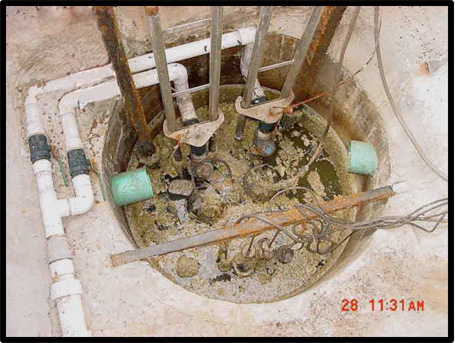
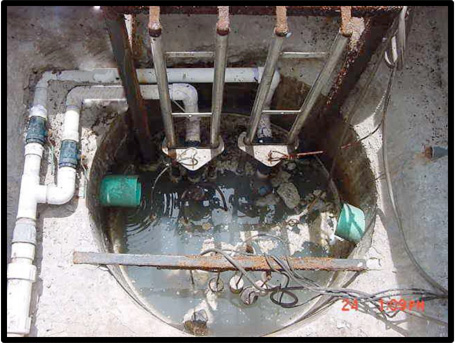
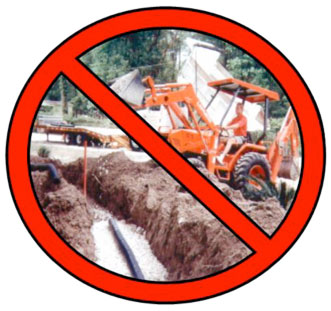 Residential drain fields are designed to allow the discharged water to percolate through the biomat. Drain fields fail for several reasons:
Residential drain fields are designed to allow the discharged water to percolate through the biomat. Drain fields fail for several reasons: